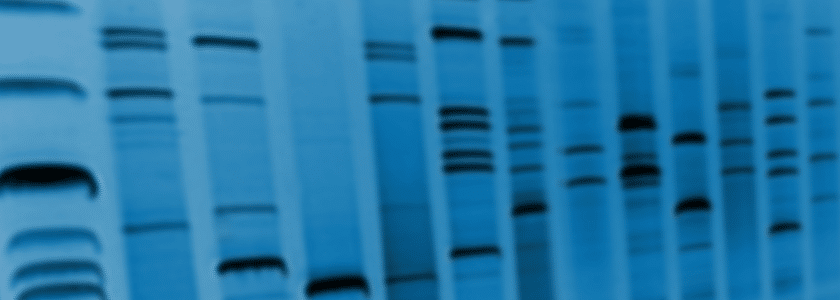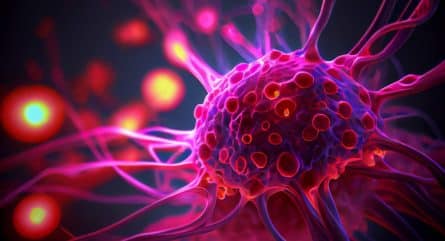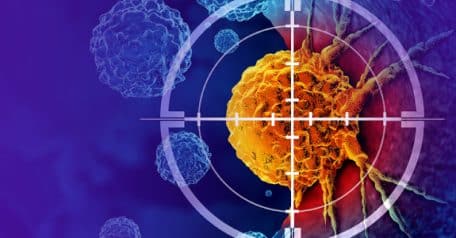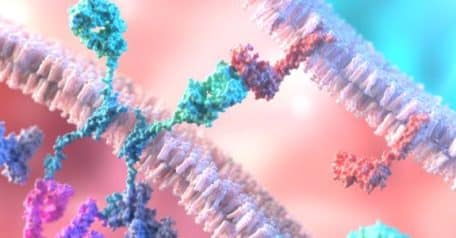The Takeaway: Sanger sequencing revolutionized genetic research. Developed in the late 1970s, it allowed researchers to sequence a genome for the first time and led to breakthroughs in genetic research and genetic medicine. But today, more than four decades later, is it still relevant?
DNA sequencing has allowed researchers to see the complete genetic makeup of an organism, which has led to insights about everything from eye color to inherited disease. Sequencing became possible in the 1970s with the advent of a method called Sanger sequencing, which won accolades for its ability to simply and accurately sequence relatively long stretches of DNA.
But, with the advent of next generation sequencing, Sanger methods took a back seat. Next generation sequencing (NGS) provided researchers with a way to sequence a high number of genomic targets at the same time and identify low level variants that couldn’t be found by Sanger sequencing. With NGS, researchers could get large amounts of data faster and significantly less expensive than Sanger sequencing, which begs the question: Today, is Sanger sequencing still relevant? Let’s dig in.
The history of Sanger sequencing
The events that led to the discovery of Sanger sequencing began in 1965, when Robert Holley sequenced the first transfer RNA (tRNA)—he later won the Nobel Prize for his work. Then, in 1972, Walter Fiers sequenced the DNA of a complete gene by using RNases to digest a virus RNA and isolate the oligonucleotides.
In 1977, Fredrick Sanger and colleagues used the dideoxy chain-termination method to sequence DNA molecules. They sequenced human mitochondrial DNA and a bacteriophage. This method, which was later called Sanger sequencing, became the standard for sequencing for more than three decades.
Their method, which proved to be accurate but time-consuming, expensive, and often not sensitive enough for low level variants, was later surpassed by massively parallel sequencing such as next generation sequencing. Today, almost anyone in the United States can get their genome sequenced for a few hundred dollars.
What is Sanger sequencing?
Sanger sequencing, sometimes also called the “chain termination method,” is a first generation method of sequencing DNA. Sanger uses electrophoresis and hinges on the random use of chain-terminating dideoxynucleotides. The method uses a single-strand DNA template, a DNA polymerase, a DNA primer, and modified dideoxynucleotide triphosphates (ddNTPs).
- DNA amplification and denaturation: The process begins with amplifying the DNA via PCR that needs to be sequenced. Once there is plenty of starting material, the copied DNA should be denatured so that it is ready for the next step.
- DNA synthesis with chain-terminating nucleotides: This step is like the PCR preformed previously, except chain-terminating nucleotides are mixed in with the typical modified nucleotides. These chain-terminating nucleotides, also called dideoxyribonucleotides, are fluorescently labeled and terminate synthesis when added to the growing DNA strand.
- Separation by size: The synthesized and now fluorescently labeled DNA fragments are then separated based on their size using a technique called gel electrophoresis or capillary electrophoresis (CE). Both methods involve loading the fragments into the method of choice (gel or CE platform) and fragments are stratified on the basis of size, providing a way for the sequence to be determined through the ddNTPs.
- Reading the sequence: The way this is done depends on whether a gel or CE Sanger sequencing approach was used. In gel-based Sanger sequencing, researchers can determine the sequence of nucleotides in the original DNA by visually examining the pattern of bands that appear on the gel. The position of each band in various lanes correspond to a specific nucleotide in the sequence. In Sanger sequencing by CE, a laser is used to excite the fluorescent label of each band (generated from the ddNTPs) and a computer reads the generated light signal. The output from this process, called a chromatogram, is a series of peaks that correspond to the sequence of nucleotides from the targeted DNA sequencing. This sequence can be read by software and inspected manually for calls.
Principles of Sanger sequencing
Sanger sequencing relies on four key components: DNA template, DNA polymerase, primers, and modified dideoxynucleotides.
- Denaturation: The DNA template is heated to separate the two complementary strands to produce single-stranded DNA.
- Primer annealing: Short DNA primers that complement sequences in the target region are added; they serve as starting points for DNA synthesis.
- DNA synthesis: DNA polymerase extends the primer by incorporating nucleotides from a reaction mix that includes regular nucleotides plus chain-terminating, fluorescently labeled dideoxynucleotides (ddNTPs). The chain-terminating ddNTPs cause DNA synthesis to stop randomly at various positions along the template, resulting in a mix of DNA fragments of different lengths, each terminating with a specific labeled ddNTP.
- Gel electrophoresis: The fragments are then separated by size through gel electrophoresis resulting in bands that are fluorescently labeled from ddNTPs.
- Capillary electrophoresis: The fragments are separated by electrokinetic methods in submillimeter capillaries and microfluid channels with the fluorescent signals read in size sequence from the labeled ddNTPs.
- Detection and analysis: The bands are detected through fluorescence, and the sequence is determined by analyzing the order in which the bands appear.
Relevance of Sanger sequencing in the genomic era
Sanger sequencing has been key to advancing genomics, but its popularity has faded with the introduction of NGS. NGS, also known as high-throughput sequencing, allows for massive parallel sequencing of millions of DNA fragments simultaneously, resulting in higher throughput, reduced cost per base, and the ability to sequence entire genomes rapidly.
Besides cost efficiency, NGS has broad applications in genomic medicine, high resolution and accuracy, and excellent capabilities in de novo sequencing. Despite these advantages, Sanger sequencing still has value for researchers in specific applications, especially in smaller-scale projects and for validating variants identified by NGS. The long-read lengths produced by Sanger sequencing remain advantageous in resolving complex genomic regions, such as repetitive elements, where short-read NGS technologies may stumble.
Genome sequencing solutions from IDT
IDT has solutions for a variety of sequencing approaches:
- DNA oligos: Single-stranded and duplexed DNA sequences made with high coupling efficiency.
- Whole genome sequencing: Short workflows for low inputs and high complexity.
- Whole exome sequencing: Flexible sizing and automation friendly.
- Targeted DNA sequencing: Cost-effective kits for amplicon sequencing and hybridization capture.
- Targeted methyl sequencing: Proven approaches for comprehensive sample representation and a workflow designed for easy automation.
- Whole transcriptome sequencing: Cover a wide range of inputs while maintaining coverage.
- Targeted RNA sequencing: Consistent libraries with a variety of indexing options available.
- Archer DNA and RNA NGS assays: Solutions for solid tumor, blood cancer, genetic disease, and immune profiling research.

























